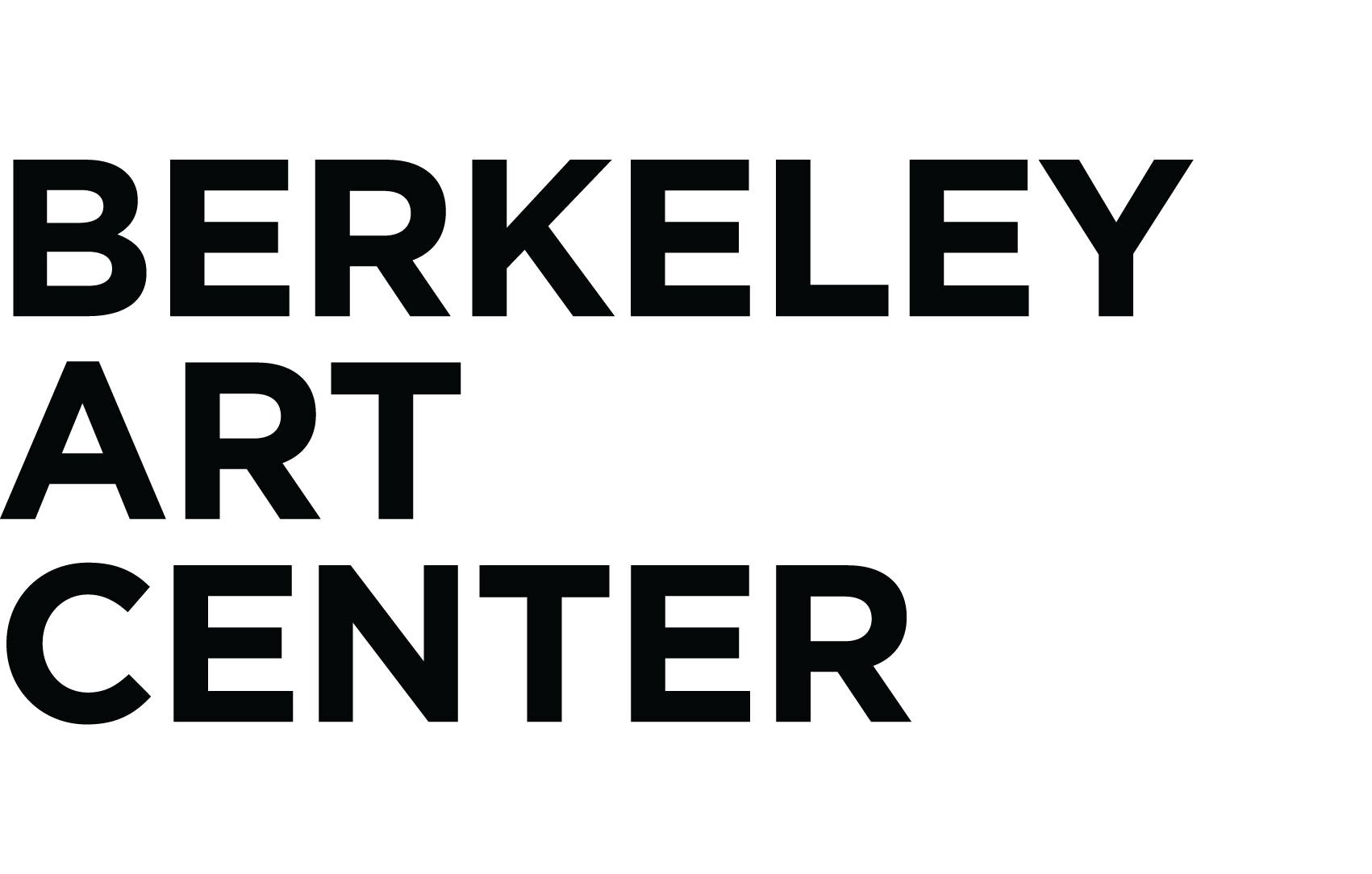Featured Artist of the month
April 2019
Leonard St. John
A Clear Lens, 2018, acrylic on canvas, 24 in. x 24 in.
1964, Chicago: My early oil paintings were small canvases (12x18 inches) of landscapes and dreams. I began to build the underpainting with modeling paste. In 1966 I executed my first totally abstract picture. I moved to Berkeley, California, in 1966 where I began working in a more surrealistic manner, i.e., organic shapes with color-dappled surfaces.
1970, Berkeley and Santa Barbara: While working in my elementary flat style, I met Jesse Reichek and Sam Francis. These men, at opposite ends of the painting spectrum, seemed to represent the meeting of Bauhaus and the Far East. My paintings at this time also express an Eastern conception of painting with strains of French Cubism. Mrs. Ester Bear (Sam Francis’s dealer in Santa Barbara, California) began to collect my smallest paintings (5x7 inches) — a series of canvas boards. In 1971, I became a guest of the University of California at Santa Barbara Art Department for 19 months. During this time I painted a large mural in Isla Vista, and I began to spray paint. Returning to Berkeley in 1972, I began to add sprayed paint to my geometry-based canvases. During this period I began to introduce a taped line into the compositional structure.
1975, France: My Paris and Nice works are very small paper compositions in India ink.
1976 to the Present, Berkeley: Upon returning to the United States, I attended a series of colleges. I studied French at the Alliance Francaise and took undergraduate courses at Laney College in Oakland and Hayward State College in Hayward. At the University of California at Berkeley, I studied the history and practice of art.
In 1980, I began a four-year project of craft paper murals for Erle’s Jazz Club in Albany. The murals were 40 feet long and 15 feet high. When the club closed in 1985, I began a series of 5-foot squares in an all-over small piece impasto-based surface structure. It was my intention to employ space as geometric constructive impressionism, employing geometric and abstract experimental practices, i.e., gestural and flat-field treatments, which I continued to work on until 2000.
My 2000–2001 “Basic Black” canvases are attempts to summarize elementary expressive marks as simultaneous-event-patterning.
Since 2001, I have made changes in my work – my major direction has been towards the synthesis and amalgamation of my geometric and structural relations. Constructing this style of all-decision process has led me to intensify the gestural/flat surface modulation in an attempt to “light” the images from within.
In 2003, I returned for the last time to the University of California at Berkeley to study and write in the Near Eastern Studies Department, Art and Architecture, Ancient Egyptian.
The difficulties I confront in joining the tragic of the Abstract Expressionist to the principles of Mondrian are clearly problematic; these images of the ebb and flow – of release and control – a damming up and overflow of space – bring together a set of intense color-constant design arrays.
I have come to consider my core all-over small piece painting technique as part of the continuing legacy of Jackson Pollack’s free, expressive script.
The painted works from 2018 are modest 24x24-inch squares; acrylic on canvas. They reflect my continuing exploration of relational abstract reality. My colors have become diverse and light-emitting in tone; employing roses and emeralds.
Artist Statement
The basic idea employed in my work is an expression of harmonic abstract relationship in a structural, rational all-over patterning. A method of internalizing the external – a search for harmony. The contemporary 21st century “spirit” demands greater clarity.
Many of the artists I share concerns with are no longer alive. Several artists have influenced my work through the years, including Clyford Still, Van Doesberg, Jesse Reichek, Louise Nevelson, Piet Mondrian, Frank Stella, Sam Francis, and Mark Tobey.
I have come to consider my core all-over small piece painting technique as part of the continuing legacy of Jackson Pollack’s free, expressive script.
My earlier paintings also express an Eastern conception of painting and strains of French Cubism.
However, my recent paintings are more or less a return to handmade painting of a gestural mode/style in contrast with years of employing a flat geometric all-over method of painting. I am attempting to give emotional resonance to my constructive geometry. Working directly again . . . a kind of exultation is released from the severity of my past geometrics. I am a painter working by trial and error and continually revising the elements of my compositions until they conform to the specifications of my feelings.
Investigating the expressive power of my medium – paint – has been a consuming practice. I hope we shall enjoy quality retinal-painting that evokes the universal human beauty of abstract-real sign.
Form is Language, 2018, acrylic on canvas, 24 in. x 24 in.
Square the Beautiful, 2018, acrylic on canvas, 24 in. x 24 in.
Starting with Cézanne, 2019, acrylic on canvas, 36 in. x 36 in.
